Home>Articles>What Does “Open Neutral” Mean On A Surge Protector
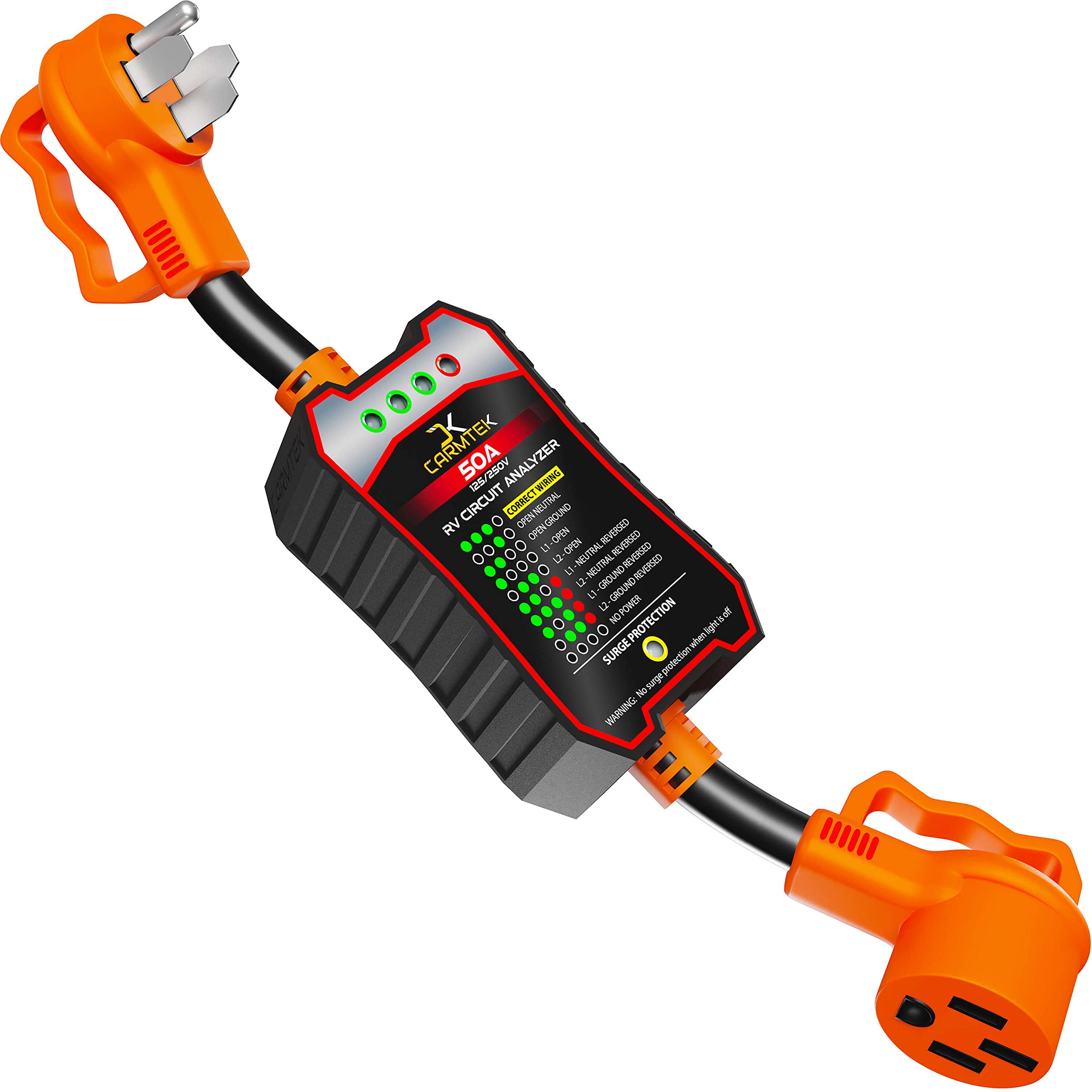

Articles
What Does “Open Neutral” Mean On A Surge Protector
Modified: December 7, 2023
Discover what "open neutral" means on a surge protector in this informative article. Gain insights into why it's important and how to handle this electrical issue.
(Many of the links in this article redirect to a specific reviewed product. Your purchase of these products through affiliate links helps to generate commission for Storables.com, at no extra cost. Learn more)
Introduction
Welcome to this comprehensive guide on understanding the concept of an open neutral on surge protectors. In today’s modern world, electrical devices and appliances have become an integral part of our lives. From smartphones to laptops, to household appliances and entertainment systems, we rely heavily on these devices for communication, productivity, and entertainment.
However, the electrical supply that powers these devices is not always stable. Power surges, sudden spikes in voltage, can occur due to lightning strikes, utility power grid issues, or even faulty electrical wiring in our homes. These power surges can damage electronic devices and lead to costly repairs or replacements.
That’s where surge protectors come into play. A surge protector is an electrical device designed to protect your valuable equipment from power surges by diverting the excess voltage to the ground, ensuring that your devices receive a consistent and safe amount of power. Surge protectors are an essential component of any electrical setup, providing peace of mind and safeguarding your investments.
However, surge protectors rely on a stable and properly grounded electrical system to function optimally. One crucial aspect of this system is the neutral wire.
Key Takeaways:
- Open neutral conditions can compromise surge protectors, increasing the risk of electrical damage to devices. Prompt identification and resolution are crucial to maintaining the safety and functionality of your electrical system.
- Professional assistance is important in diagnosing and fixing open neutral conditions. Safety should always be a top priority when dealing with electrical issues. If unsure, consult a licensed electrician for reliable and safe resolution.
Read more: What Does Switched Mean On A Surge Protector
Understanding Surge Protectors
… … (Continue with the rest of the article)
Key Takeaways:
- Open neutral conditions can compromise surge protectors, increasing the risk of electrical damage to devices. Prompt identification and resolution are crucial to maintaining the safety and functionality of your electrical system.
- Professional assistance is important in diagnosing and fixing open neutral conditions. Safety should always be a top priority when dealing with electrical issues. If unsure, consult a licensed electrician for reliable and safe resolution.
Read more: What Does Switched Mean On A Surge Protector
Understanding Surge Protectors
A surge protector, also known as a surge suppressor or a surge diverter, is a device designed to protect electronic devices from voltage spikes and power surges. It works by diverting excess voltage away from your devices and into the grounding wire, preventing the excess voltage from reaching and damaging your equipment.
Surge protectors are equipped with multiple outlets, allowing you to plug in multiple devices simultaneously. They typically come with a joule rating, which indicates the amount of energy the surge protector can absorb before it becomes ineffective. The higher the joule rating, the better the surge protector can protect your devices.
The importance of surge protection cannot be overstated. Power surges can occur at any time, and they can wreak havoc on your electrical devices. A surge protector acts as the first line of defense against these power surges, safeguarding your devices from voltage spikes and electrical damage.
Here are a few key reasons why surge protection is important:
- Protection for your devices: Electronics such as computers, televisions, and smartphones are susceptible to damage caused by power surges. Surge protectors help prevent this damage by redirecting excess voltage away from your devices.
- Preserves data and information: Power surges can corrupt or erase valuable data stored on your devices. By using surge protectors, you can prevent data loss and ensure the integrity of your files and important information.
- Lifespan extension: Power surges can significantly shorten the lifespan of electronic devices. By using surge protectors, you can extend the lifespan of your devices by protecting them from voltage spikes and electrical damage.
- Cost savings: Repairing or replacing damaged electronic devices can be expensive. Surge protectors offer a cost-effective solution by minimizing the risk of damage and reducing the need for costly repairs or replacements.
- Peace of mind: Surge protectors provide peace of mind, knowing that your devices are protected against unpredictable power surges. This allows you to use your devices without constantly worrying about potential damage.
By investing in surge protectors and properly using them in your electrical setup, you can ensure the safety and longevity of your valuable electronic devices. With surge protection in place, you can enjoy using your devices without the fear of power surges causing damage or disruptions.
Neutral Wire in Electrical Systems
The neutral wire is an essential component of electrical systems and plays a crucial role in ensuring the safe and effective distribution of electricity. Understanding the function and importance of the neutral wire is key to comprehending its role in surge protection.
Definition and function of neutral wire: In an alternating current (AC) electrical system, the neutral wire is a grounded conductor that carries the return current from the load back to the power source. It completes the electrical circuit and provides a path for the electricity to flow back to the source after it has been consumed by the connected devices or appliances. The neutral wire is typically colored white or gray to distinguish it from the live wires.
Role of neutral wire in surge protection: The neutral wire serves multiple functions in surge protection:
- Reference point for voltage: The neutral wire provides a reference point for the voltage in the electrical system. It is connected to the ground, which acts as a zero-voltage reference point. This reference point allows for the efficient distribution of electrical energy and helps maintain stable and safe voltage levels.
- Equal distribution of current: In a properly functioning electrical system, the neutral wire carries the same amount of current as the live wires. This balance ensures safe and efficient operation of the electrical circuit, preventing overloading and minimizing the risk of electrical fires.
- Surge diversion: The neutral wire is crucial in diverting excess voltage from power surges away from the connected devices and into the ground. During a power surge, the surge protector detects the increased voltage and redirects it through the neutral wire to prevent it from reaching the connected devices, thus protecting them from potential damage.
Without a properly connected neutral wire, surge protectors may not be able to effectively redirect excess voltage, increasing the risk of electrical damage to your devices during power surges.
It is important to note that the neutral wire should always be properly grounded to ensure the safe operation of electrical systems and surge protection mechanisms. Faulty or improperly connected neutral wiring can lead to various electrical issues, including an open neutral condition, which can compromise the effectiveness of surge protectors.
Understanding the role of the neutral wire in electrical systems and surge protection is crucial for maintaining the safety and proper functioning of your electrical setup. Ensuring the correct installation and connection of the neutral wire is imperative for effective surge protection and the prevention of electrical damage.
An open neutral on a surge protector means that the neutral wire is not properly connected, which can result in a potential safety hazard. It is important to have a qualified electrician inspect and repair any open neutral issues to ensure the surge protector functions properly and safely.
Open Neutral Condition
In an electrical system, an open neutral refers to a condition where the neutral wire is disconnected, interrupted, or improperly connected. This interruption in the neutral path can have significant implications on the functioning of electrical circuits and can pose potential dangers to your electrical system and connected devices.
What is an open neutral? An open neutral occurs when the neutral wire, which is responsible for completing the electrical circuit and providing a return path for the current, is not properly connected or has become disconnected. This results in an imbalance in the electrical system, affecting the distribution of current and voltage.
Causes of open neutral condition: There are several potential causes for an open neutral condition:
- Loose connections: Loose connections between the neutral wire and the electrical panel or outlets can lead to an open neutral condition. This can occur due to poor installation practices, aging components, or the regular expansion and contraction of electrical wires.
- Neutral wire breakage: Physical damage or wear and tear on the neutral wire can cause it to break, resulting in an open neutral condition.
- Incorrect wiring: Improper installation or wiring errors can lead to an open neutral. This can occur when the neutral wire is mistakenly connected to the grounding wire, disrupting the proper functioning of the electrical system.
Potential dangers of open neutral: An open neutral condition can pose several dangers to the electrical system and connected devices:
- Unequal distribution of current: Without a properly functioning neutral wire, the electrical system may experience unequal distribution of current. This imbalance can lead to higher voltages in some circuits and lower voltages in others, potentially causing damage to electrical appliances, lights, or other connected devices.
- Increased risk of electrical shock: An open neutral condition can result in the presence of higher than normal voltages in outlets and electrical equipment. This can increase the risk of electrical shock to individuals who come into contact with these energized components.
- Malfunctioning of electrical devices: A disruption in the neutral wiring can affect the performance and functionality of electrical devices. Overvoltages or undervoltages caused by an open neutral can lead to erratic behavior, frequent device failures, and decreased lifespan of connected devices.
- Fire hazards: The excess voltages and imbalanced currents associated with an open neutral condition can generate heat and increase the risk of electrical fires. The overheating of electrical components and wiring can potentially ignite nearby flammable materials.
It is crucial to address and resolve an open neutral condition promptly to avoid potential dangers and protect the integrity of your electrical system. Regular inspection, proper installation, and timely maintenance of electrical wiring and connections can help prevent an open neutral and ensure the safe operation of your electrical system.
Effects of Open Neutral on Surge Protectors
An open neutral condition in an electrical system can have significant repercussions on the functionality of surge protectors. Surge protectors rely on a properly grounded and balanced electrical system to effectively divert excess voltage and protect connected devices. When an open neutral occurs, it can undermine the effectiveness of surge protectors and increase the risk of electrical damage to your devices.
Impact on surge protector functionality: An open neutral condition can disrupt the proper operation of surge protectors in the following ways:
- Loss of grounding path: The neutral wire plays a crucial role in providing a grounding path for excess voltage in a surge protector. In an open neutral condition, the absence of a proper neutral connection can interfere with the grounding mechanism of the surge protector, compromising its ability to effectively redirect excess voltage.
- Unreliable surge diversion: Surge protectors are designed to detect and divert excess voltage away from connected devices. However, in the presence of an open neutral, the surge protector may not be able to effectively redirect the excess voltage, leaving the connected devices vulnerable to damage.
- Reduced surge suppression: Surge protectors not only divert excess voltage but also suppress transient voltage spikes. An open neutral condition can diminish the surge suppression capabilities of the surge protector, leaving connected devices more susceptible to voltage spikes and electrical damage.
Increased risk of electrical damage: An open neutral condition can significantly increase the risk of electrical damage to both the surge protector and the connected devices:
- Overvoltage situations: Without a properly functioning neutral wire, the electrical system may experience higher voltages in certain circuits. These overvoltages can exceed the surge protector’s capacity to redirect or suppress the excess voltage, potentially leading to electrical damage in the surge protector and the connected devices.
- Undervoltage situations: In some instances, an open neutral condition can cause a decrease in voltage in certain circuits. Undervoltages can result in inadequate power supply to connected devices, affecting their performance and potentially causing damage due to inconsistent or insufficient power.
- Device malfunctions: Open neutral conditions and the accompanying voltage imbalances can cause electronic devices to malfunction. Fluctuating voltages and unstable power supply can lead to erratic behavior, operational failures, and potential permanent damage to the connected devices.
It is important to address any open neutral condition promptly to mitigate the potential risks to surge protectors and connected devices. Timely identification and resolution of an open neutral will help restore the proper functioning of the surge protector and maintain effective surge protection for your valuable electronic equipment.
Identifying and Resolving Open Neutral
Identifying and resolving an open neutral condition is crucial for maintaining the safety and functionality of your electrical system. Recognizing the signs and symptoms of an open neutral, followed by proper diagnosis and corrective measures, can help mitigate potential risks and ensure the effective operation of surge protectors and connected devices.
Signs and symptoms of open neutral: There are several indicators that may suggest the presence of an open neutral, including:
- Dimming or flickering lights
- Electrical outlets not working
- Burnt or discolored outlets
- Sparks or electrical arcing
- Abnormal humming or buzzing sounds
- Devices randomly turning on or off
Steps to diagnose and fix open neutral condition: If you suspect an open neutral in your electrical system, follow these steps to diagnose and resolve the issue:
- Turn off the power: Prior to investigating the open neutral, ensure the power is turned off at the main breaker to avoid any potential electrical hazards.
- Inspect connections: Examine the wiring and connections at the electrical panel, outlets, and switches. Look for loose or damaged wires, corroded connections, and signs of wear or overheating.
- Tighten or repair connections: If you identify any loose connections, tighten them using the appropriate tools. If you notice damaged or corroded wires, consider repairing or replacing them as necessary.
- Check the neutral wire: Verify the integrity of the neutral wire by ensuring it is properly connected at the electrical panel and at each outlet. Confirm that it is securely attached to the neutral bus bar in the panel and tightly connected to the neutral terminal screws at the outlets.
- Test for continuity: Use a multimeter or continuity tester to check for continuity along the neutral wire. This will help identify any breaks or interruptions in the wire, which may indicate an open neutral condition.
- Fix or replace faulty wiring: If you find a break or interruption in the neutral wire, repair or replace the affected section of wiring. Ensure proper connection and insulation to maintain the integrity of the electrical system.
Importance of professional assistance: While some homeowners may feel confident in their ability to diagnose and resolve an open neutral condition, it is crucial to acknowledge the importance of professional assistance. Electrical systems can be complex, and addressing electrical issues should always be approached with caution. Consulting a licensed electrician ensures that the diagnosis and remedial actions are carried out correctly, reducing the risk of errors or further damage to the system.
Professional electricians have the knowledge, experience, and specialized tools to accurately identify and resolve open neutral conditions. They can perform a thorough inspection of your electrical system, diagnose the issue, and implement the necessary repairs or replacements in a safe and efficient manner. Their expertise helps ensure the long-term reliability and safety of your electrical setup.
Remember, safety should always be a top priority when dealing with electrical issues. If you are unsure or uncomfortable with any aspect of diagnosing or fixing an open neutral, it is best to seek professional assistance.
Conclusion
Understanding the concept of an open neutral on surge protectors is essential for maintaining the safety and functionality of your electrical system. Surge protectors play a crucial role in safeguarding your valuable electronic devices from power surges and voltage spikes, ensuring their longevity and reliable performance. However, an open neutral condition can compromise the effectiveness of surge protectors and increase the risk of electrical damage to your devices.
Throughout this article, we have explored the various aspects of open neutral conditions, including its definition, causes, and potential dangers. We have also discussed the effects of open neutral on surge protectors, highlighting the impact on their functionality and the increased risk of electrical damage to connected devices.
It is important to be able to identify and resolve open neutral conditions promptly. By recognizing the signs and symptoms of an open neutral, such as dimming lights, non-functioning outlets, or abnormal electrical sounds, you can take appropriate action to diagnose and fix the issue. This may involve inspecting connections, checking the integrity of the neutral wire, and repairing or replacing faulty wiring.
While some individuals may feel confident in their ability to address an open neutral, it is crucial to recognize the importance of seeking professional assistance. Licensed electricians have the knowledge, expertise, and specialized tools to accurately diagnose and resolve open neutral conditions while ensuring the overall safety and reliability of your electrical system.
In conclusion, maintaining a properly grounded and balanced electrical system is crucial for the effective operation of surge protectors and the protection of your electronic devices. By addressing open neutral conditions and implementing appropriate corrective measures, you can enhance the longevity and performance of your devices, mitigate potential risks, and enjoy peace of mind knowing that your electrical system is safeguarded against power surges and voltage fluctuations.
Remember, electrical issues should always be treated with caution, and safety should be a top priority. If you are unsure or uncomfortable with any aspect of addressing an open neutral, it is best to consult a qualified electrician to ensure the safety and integrity of your electrical system.
Frequently Asked Questions about What Does "Open Neutral" Mean On A Surge Protector
Was this page helpful?
At Storables.com, we guarantee accurate and reliable information. Our content, validated by Expert Board Contributors, is crafted following stringent Editorial Policies. We're committed to providing you with well-researched, expert-backed insights for all your informational needs.
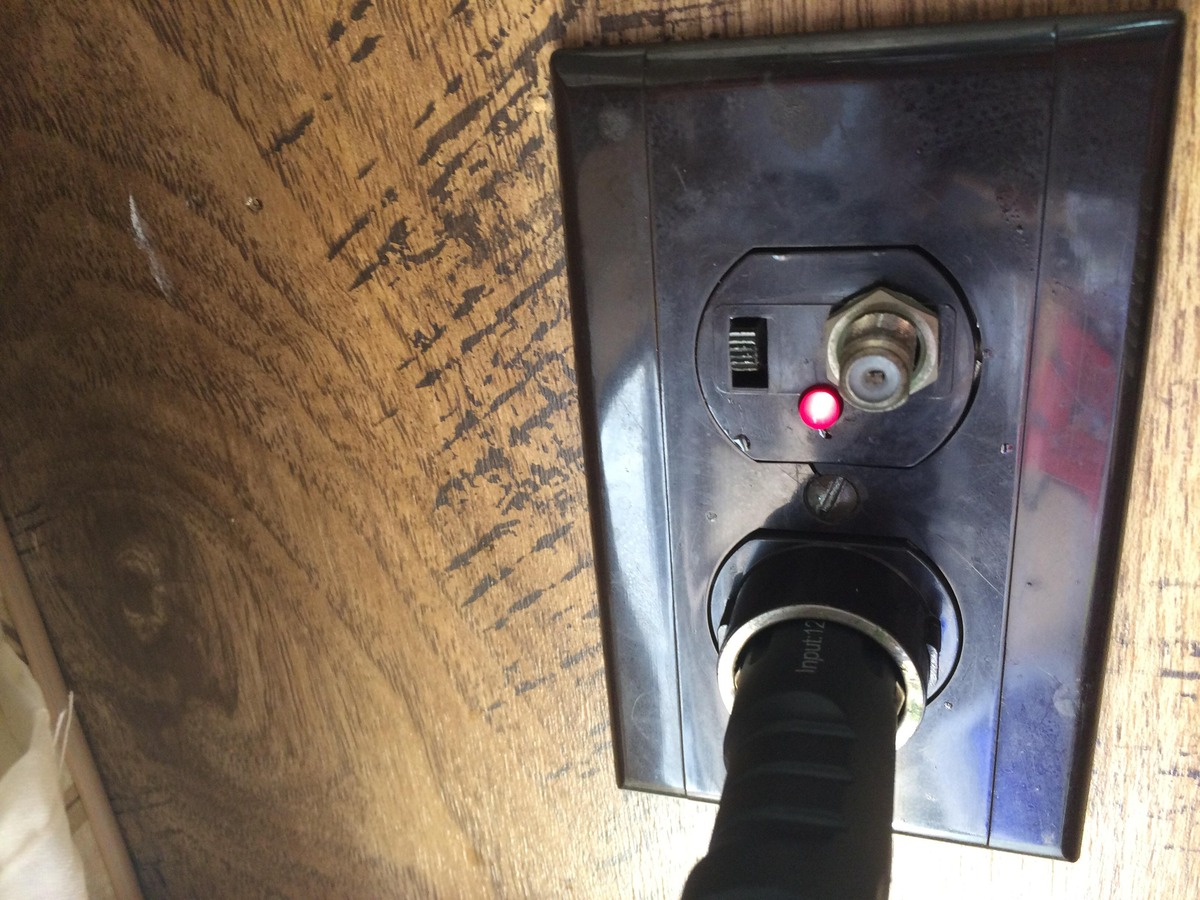
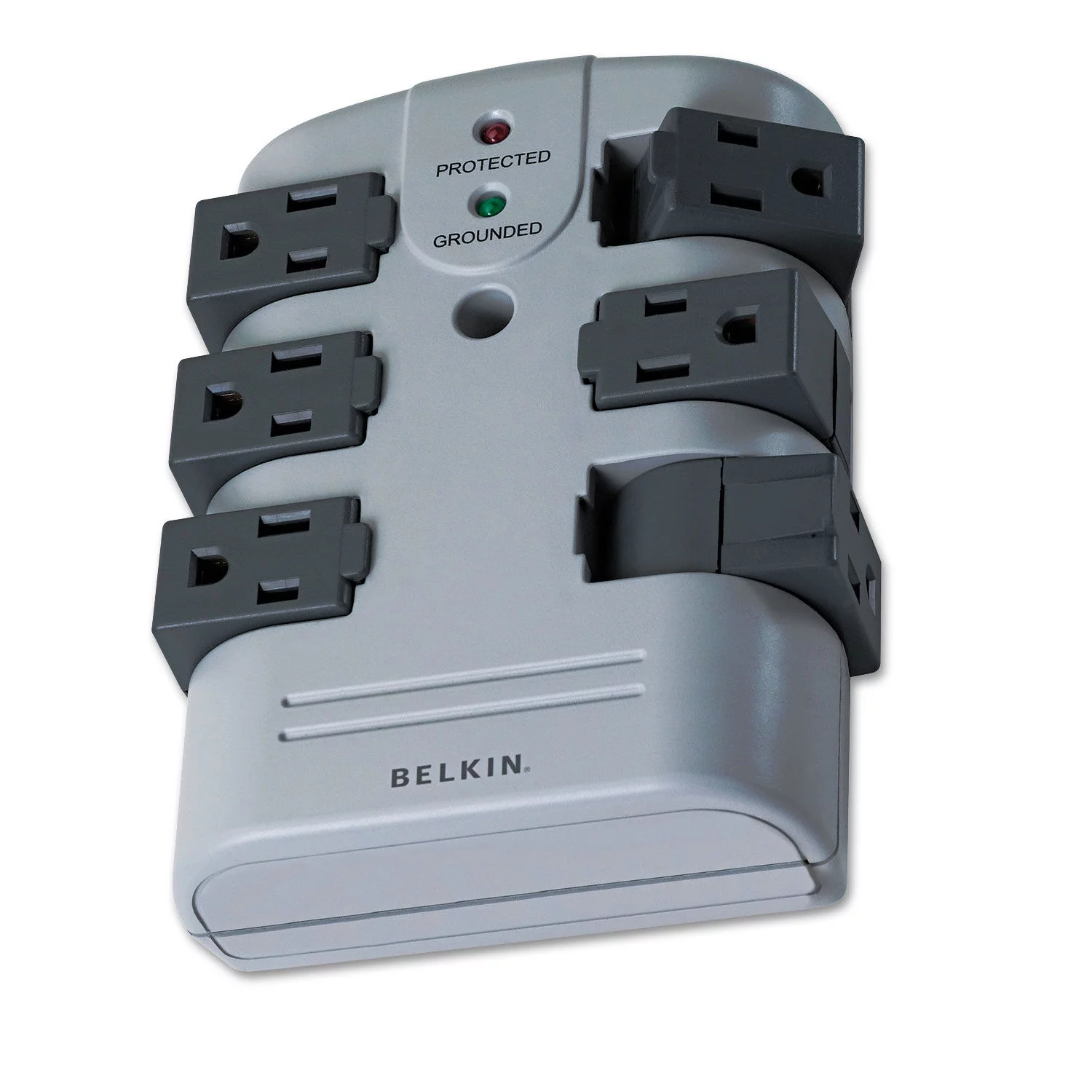
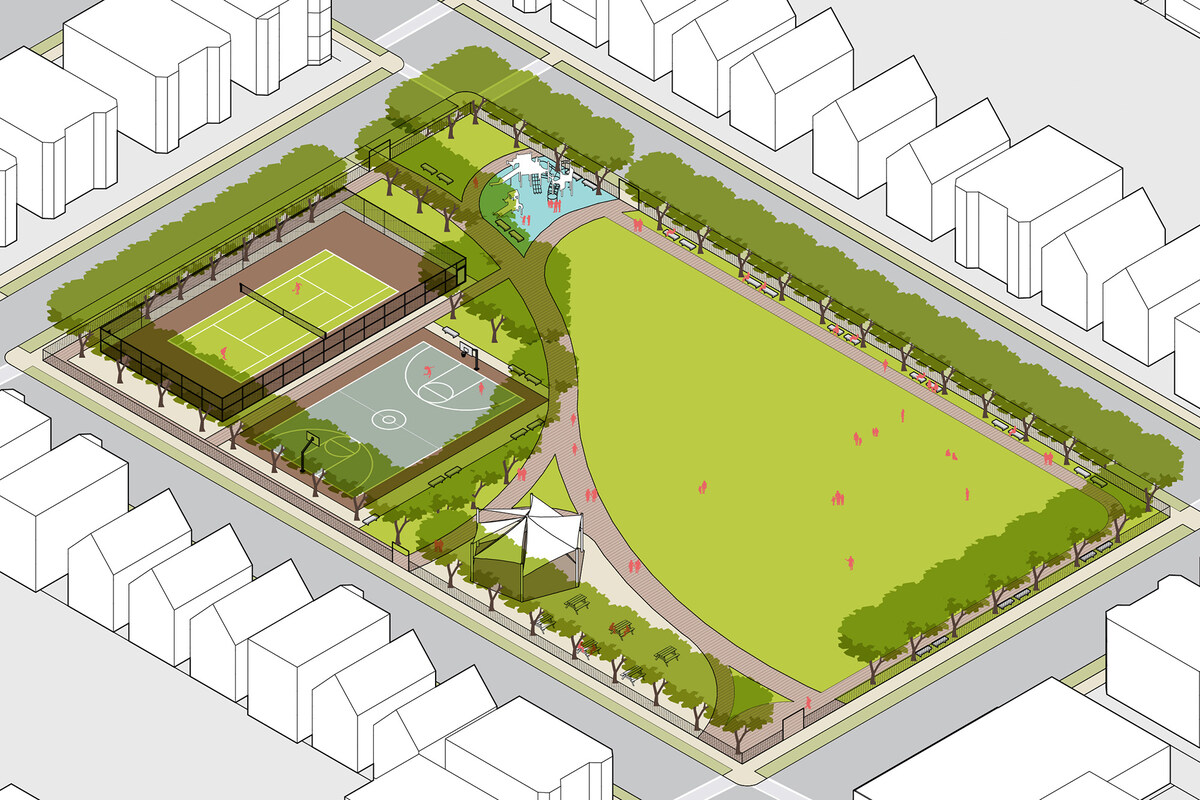

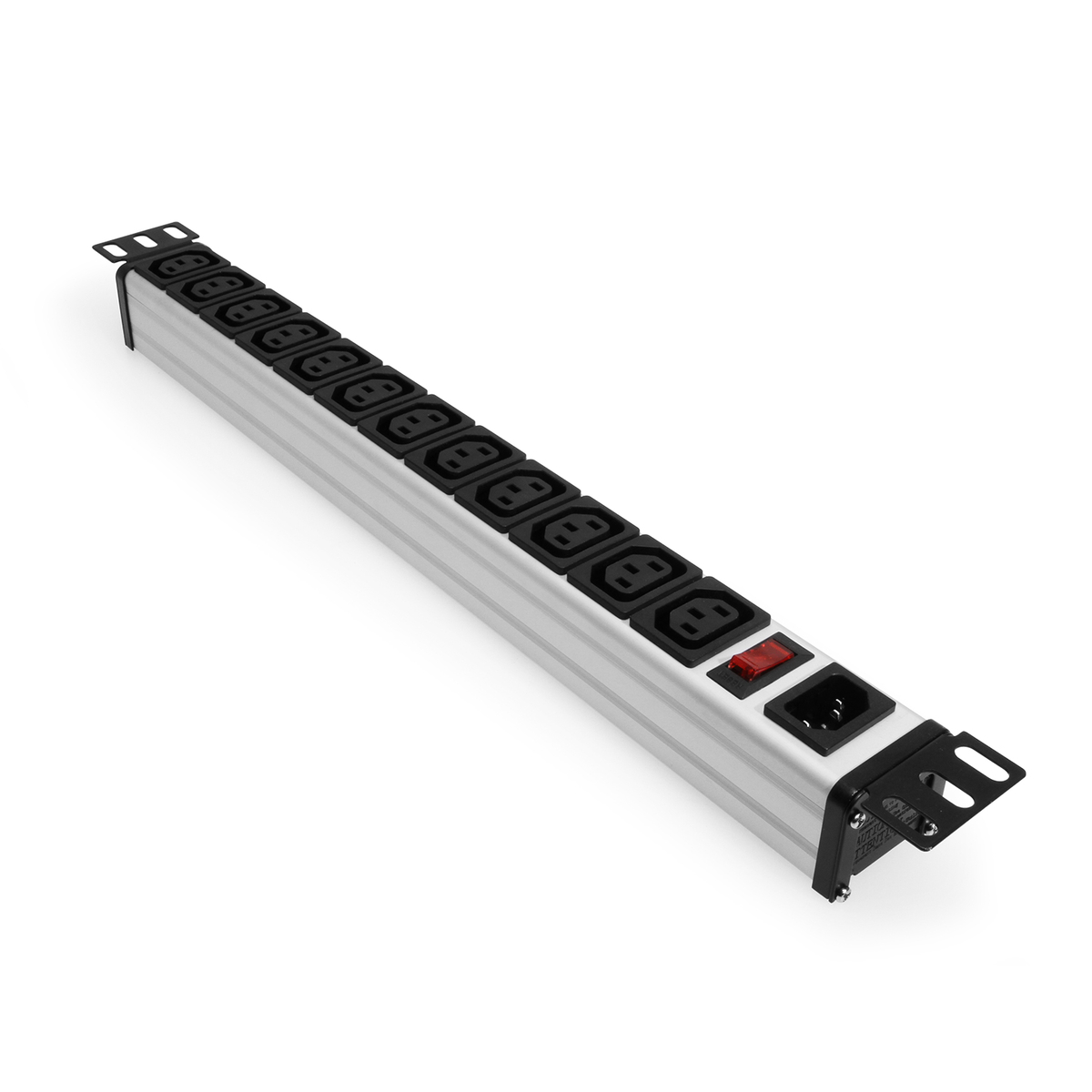
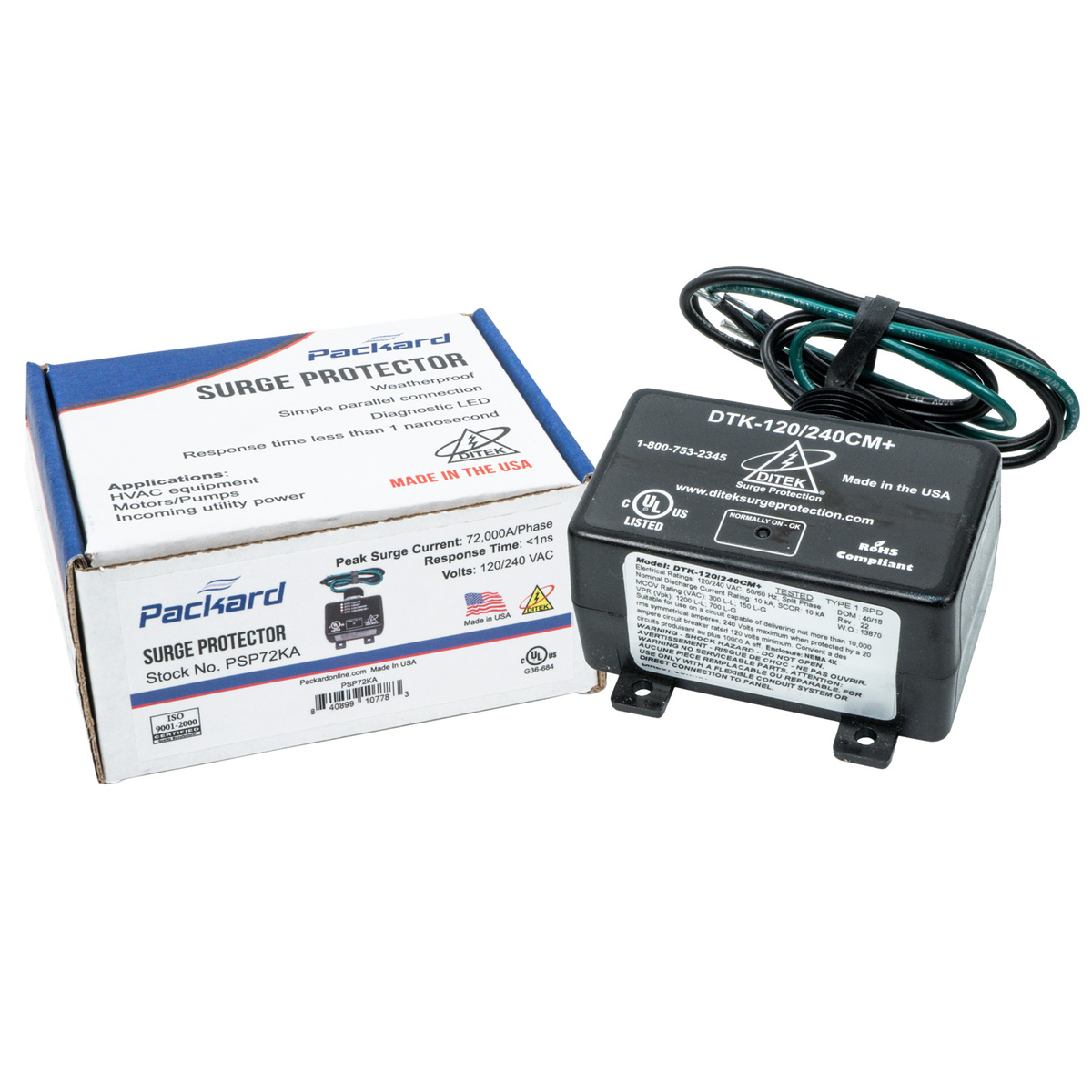
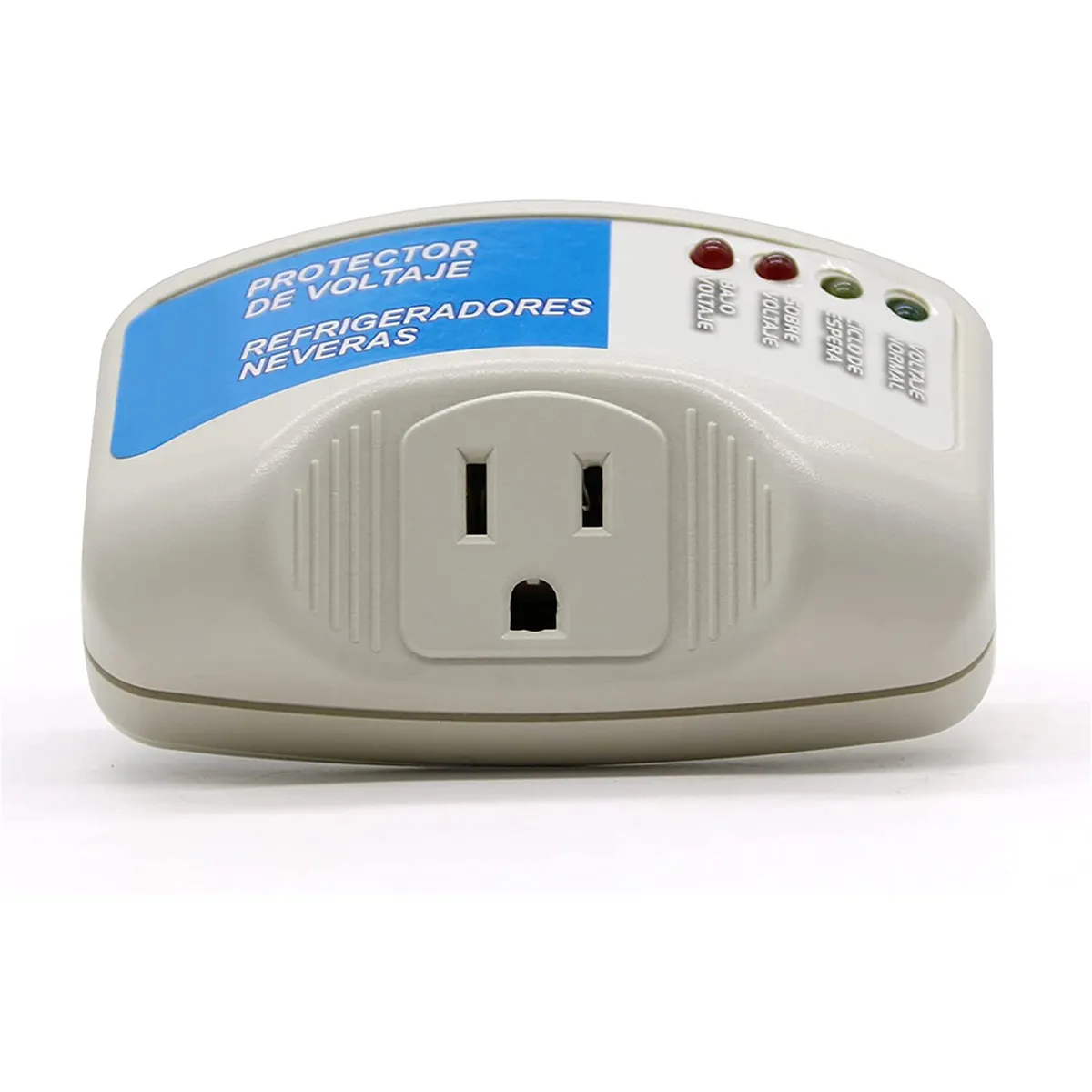
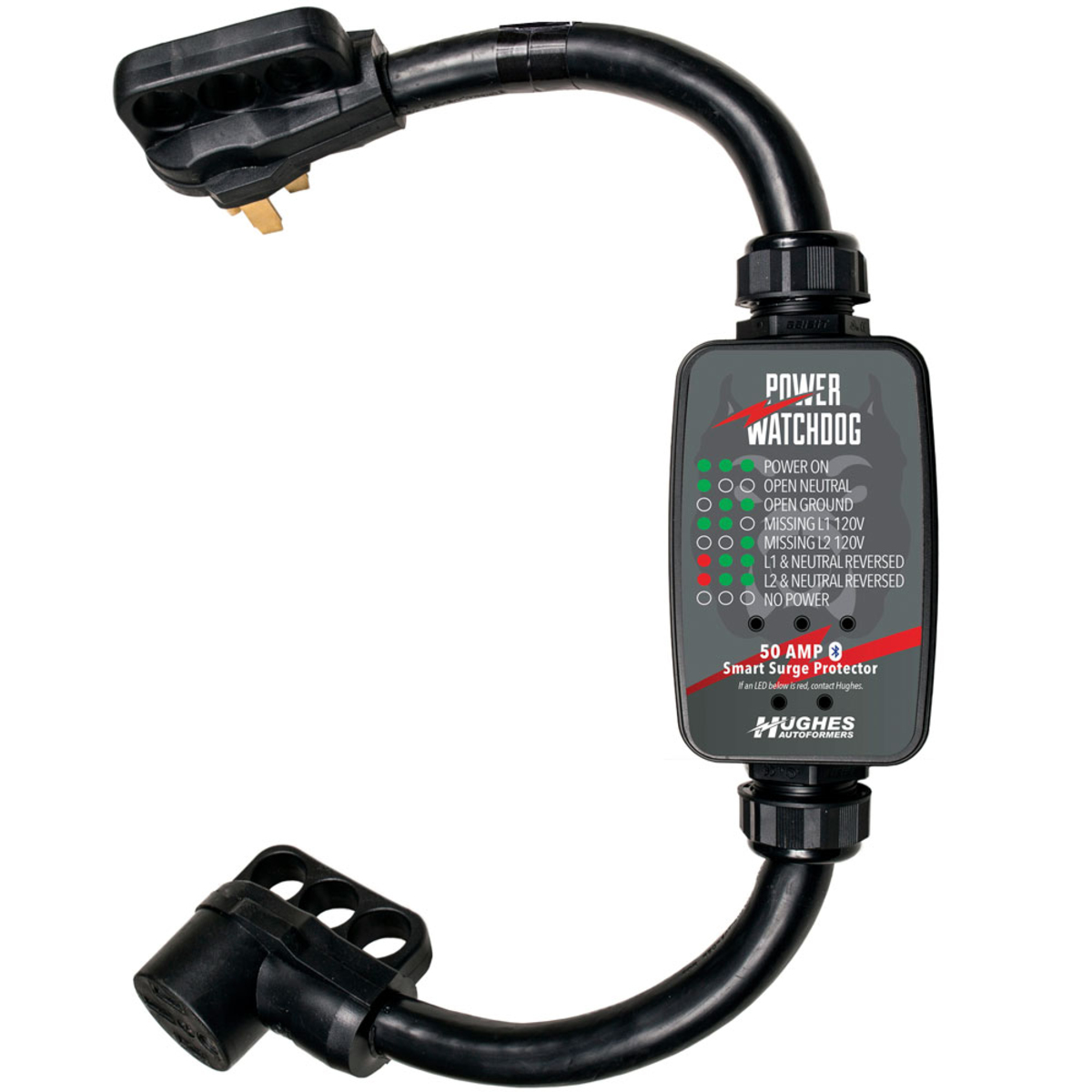

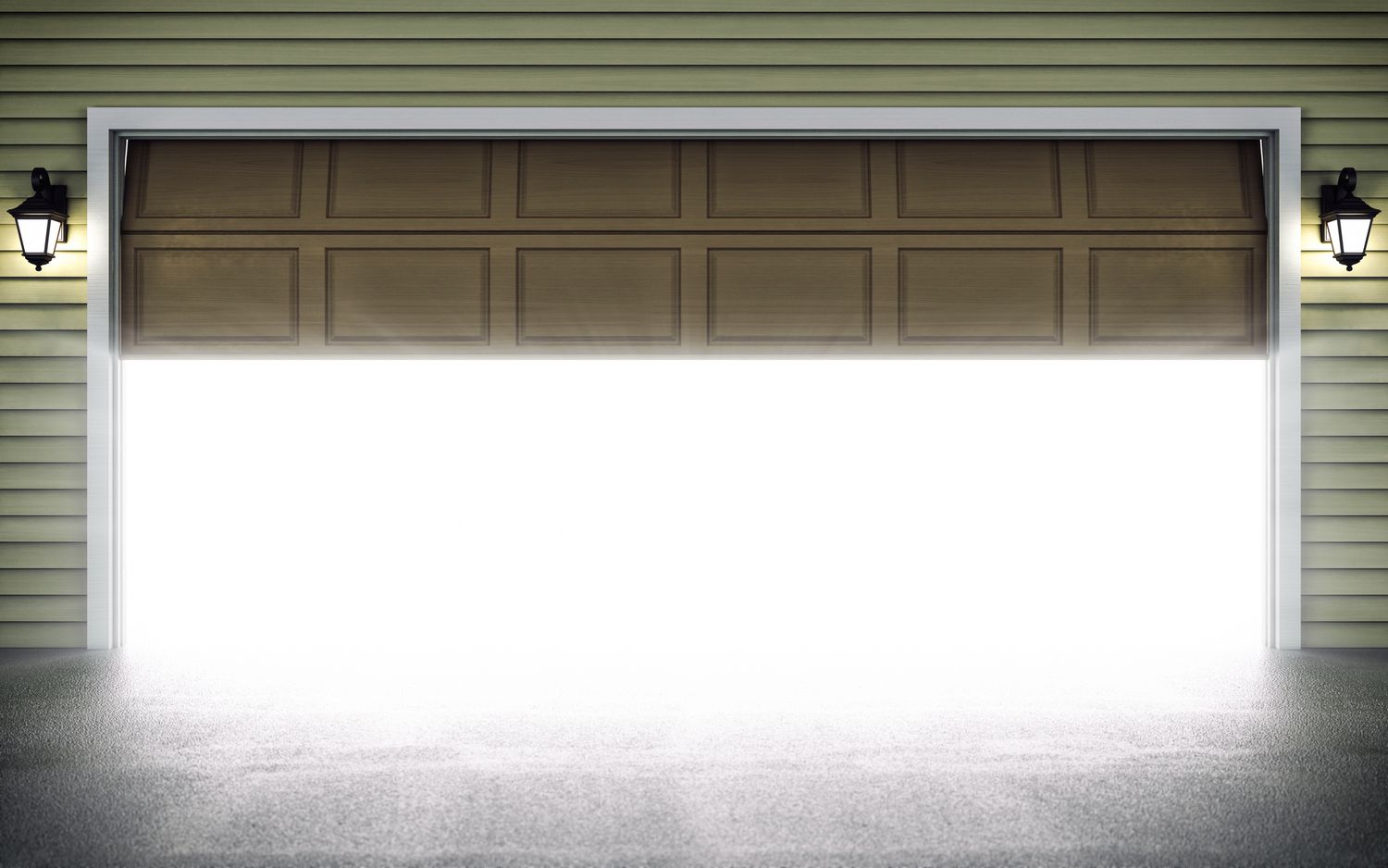
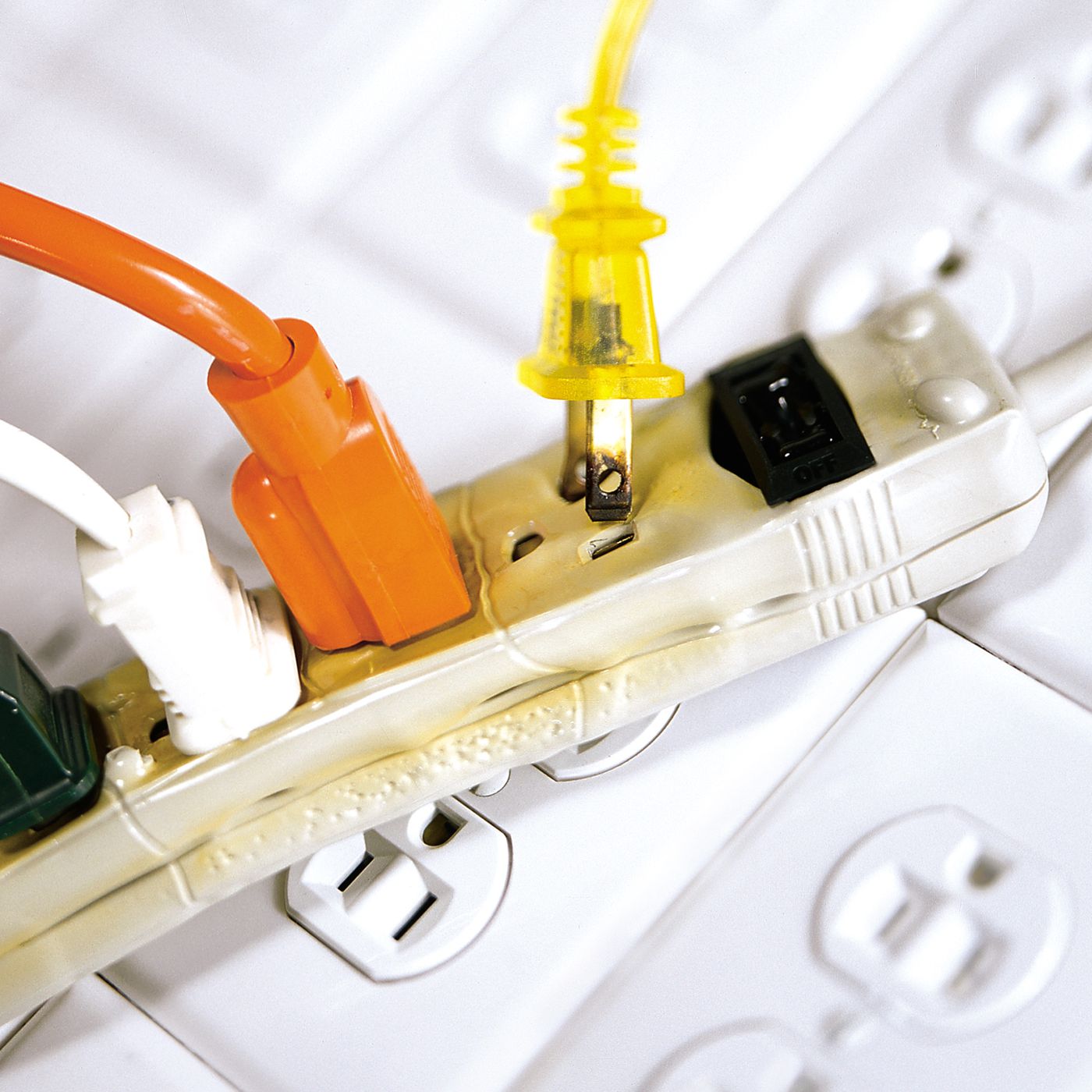
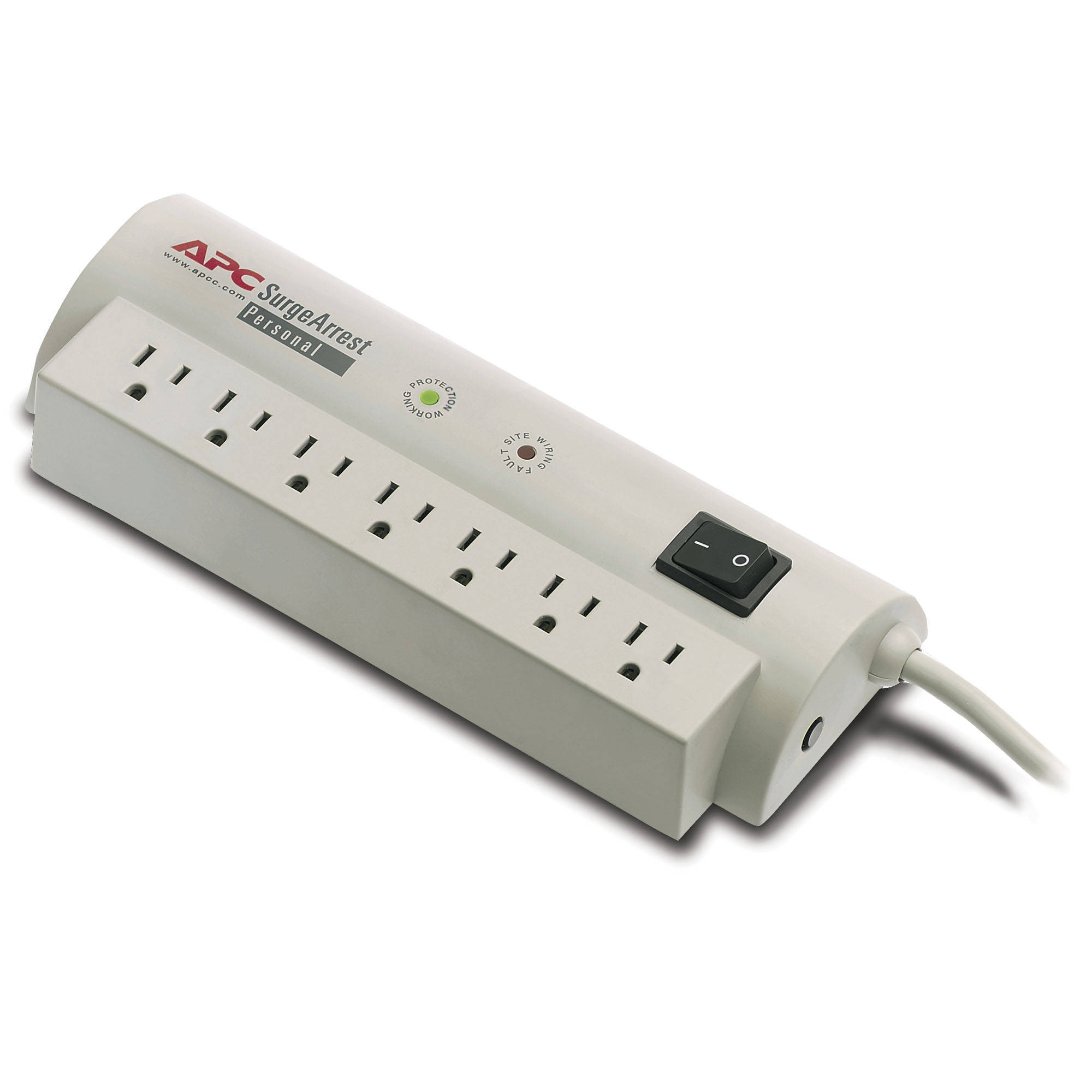
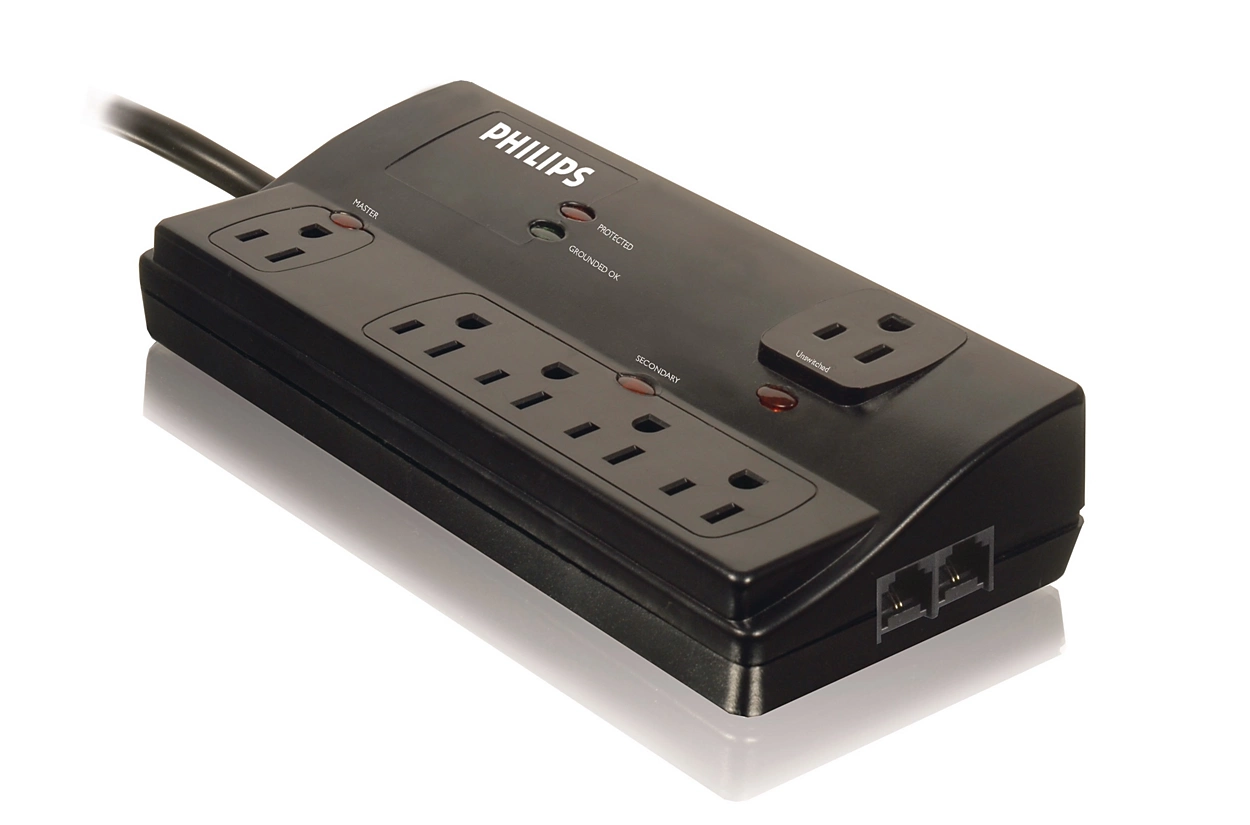
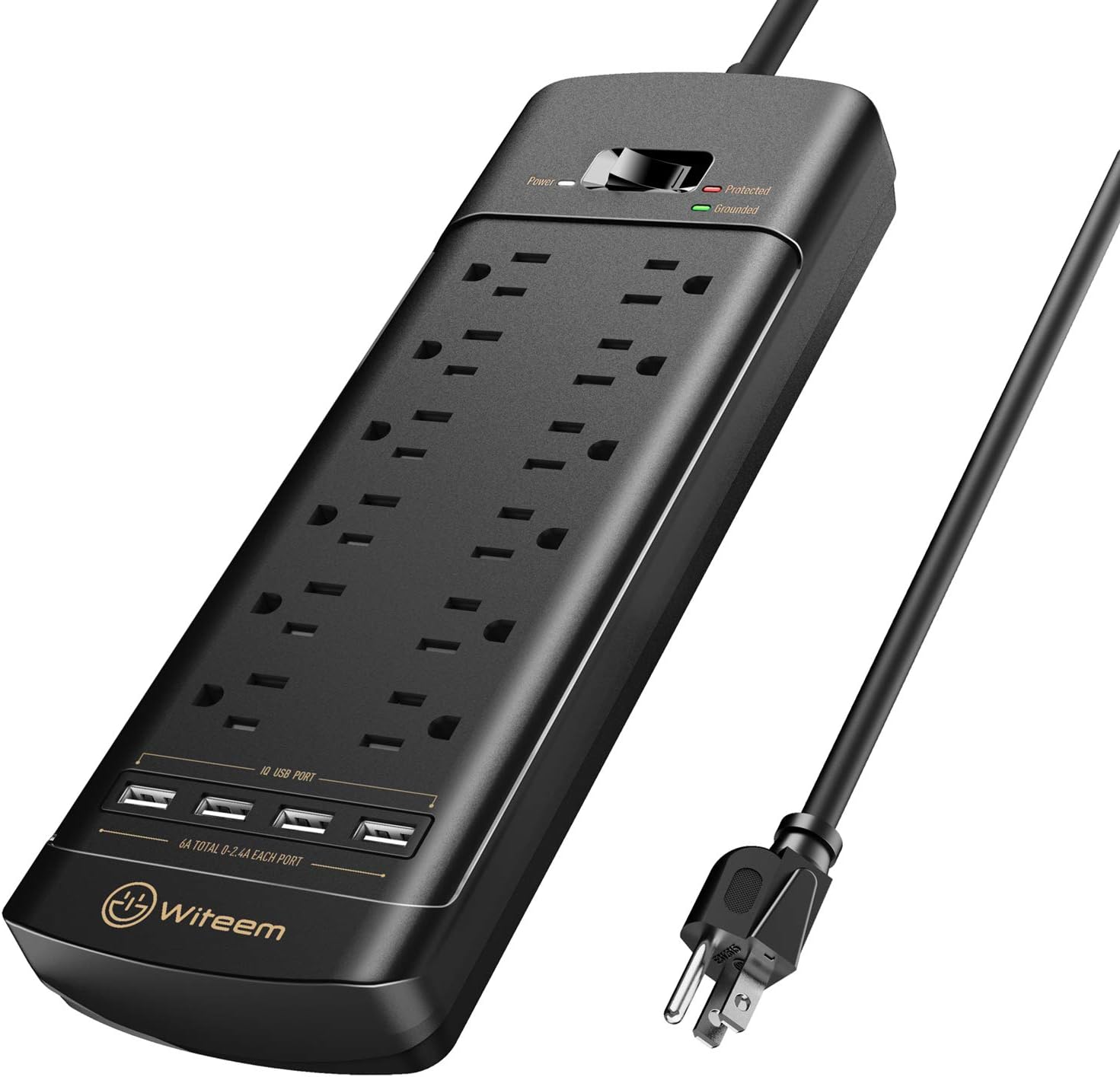

0 thoughts on “What Does “Open Neutral” Mean On A Surge Protector”